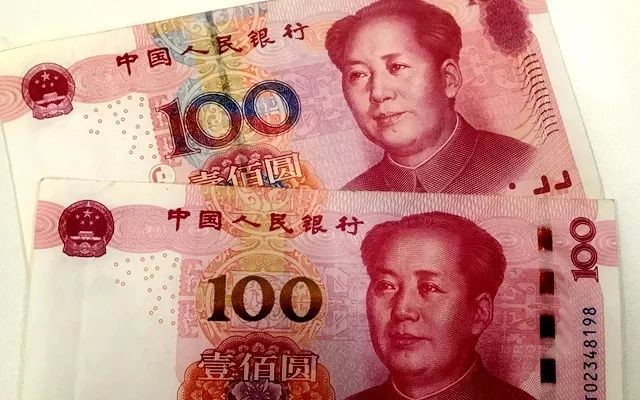Some people wonder how hazardous waste treatment industry in solid waste subdivision field suddenly become so popular. The phrase “all of a sudden” is rather graphic.
As a late-comer in the solid waste industry and even the whole environmental protection industry, hazardous waste treatment has developed rapidly and become one of the most flexible sectors. It was sudden.

In China, only more than 20 years have passed since the legislation on hazardous waste management was made. And it is only in the last 5 years that the legislation has been really strict and accelerated. In particular, the emergence of the “Two high” judicial interpretation and the new environmental protection law has become the key engine for the takeoff of the hazardous waste treatment industry and the background for the “sudden” prosperity of hazardous waste.
The emphasis on hazardous waste is derived from the increasingly serious problem of hazardous waste. At present, the production of hazardous waste in China is increasing, and the stock of hazardous waste remains high.
According to data from the former ministry of environmental protection (now the ministry of ecological environment), the national hazardous waste production volume was 39.76 million tons in 2015. In 2016, China produced 53.47 million tons of hazardous waste, accounting for 1.73 percent of the total solid waste.
According to market estimates, China’s hazardous waste output in 2018 is as high as 118 million tons. It should be noted that this is only based on the calibre prediction, and in fact the amount of hazardous waste flowing into informal channels is quite amazing. It is “embarrassing” that the number and volume of hazardous waste are soaring, but there is a gap in the capacity of hazardous waste disposal.
Industry analysis shows that, along with the national attention, the disposal of hazardous waste has formed a new pattern. They complement each other and develop in a dislocation, which include resource utilization, coordinated disposal and incineration of cement kilns, traditional landfill technology and special utilization and disposal technology. But that is not enough.
According to the 2017 annual report on the prevention and control of environmental pollution by solid waste in large and medium cities, the hazardous waste disposal volume of licensed units in China in 2017 was only 16.29 million tons, with a total output of 64.71 million tons and a capacity utilization rate of only 25%. The disposal volume of licensed units accounted for 37% of the total disposal volume (44.3 million tons). So the imbalance of hazardous waste disposal is obvious.
The imbalance between volume inventory and disposal capacity has created a huge market. Incomplete statistics show that recycling and harmless of hazardous wastes respectively account for 55% and 30% of the total production of hazardous wastes. According to various factors, the prices of recycling and harmless of hazardous wastes in some areas are about 1000 yuan/ton and 2500 yuan/ton respectively. It is estimated that by 2020, the market size of hazardous waste treatment in China will reach 150 billion yuan.
The value of 10,000 tons is about 100 million, and the expanding market size is undoubtedly the main reason why the capital pays attention to the hazardous waste industry. However, the most important thing is that the average gross profit rate of the hazardous waste industry is as high as 50%. Such a high profit is unattainable in other subdivision of the environmental protection industry. In addition, as the key target of ecological environment, hazardous waste management is directly linked to the economy, so it is difficult not to attract the grab of capital giants.
Faced with this situation, insiders in the hazardous waste industry pointed out that the hazardous waste industry is indeed worth investment and should be invested, but it's also bad if you overinvest. After all, once capital is overheated, the future of the industry is the most thought-provoking thing. “Overheating” is followed by “winter”, we must be aware of the risks of investing and proceed with caution.
As Wang Qi, a researcher at the Chinese academy of environmental sciences, reminded us: “for hazardous waste industries, there are both red and blue oceans. On the one hand, the whole hazardous waste market is getting bigger and bigger. On the other hand, the industry risk is also very high.” The risk is mainly reflected in three aspects: policy risk, market uncertainty and weak hazardous waste disposal technology.
As the most direct participant of hazardous waste industry, how should hazardous waste enterprises meet the opportunities and face the challenges?
We believe that only by focusing on resource integration, technological innovation and business model innovation can we maximize opportunities and gain the core competitiveness of sustainable development.




















































